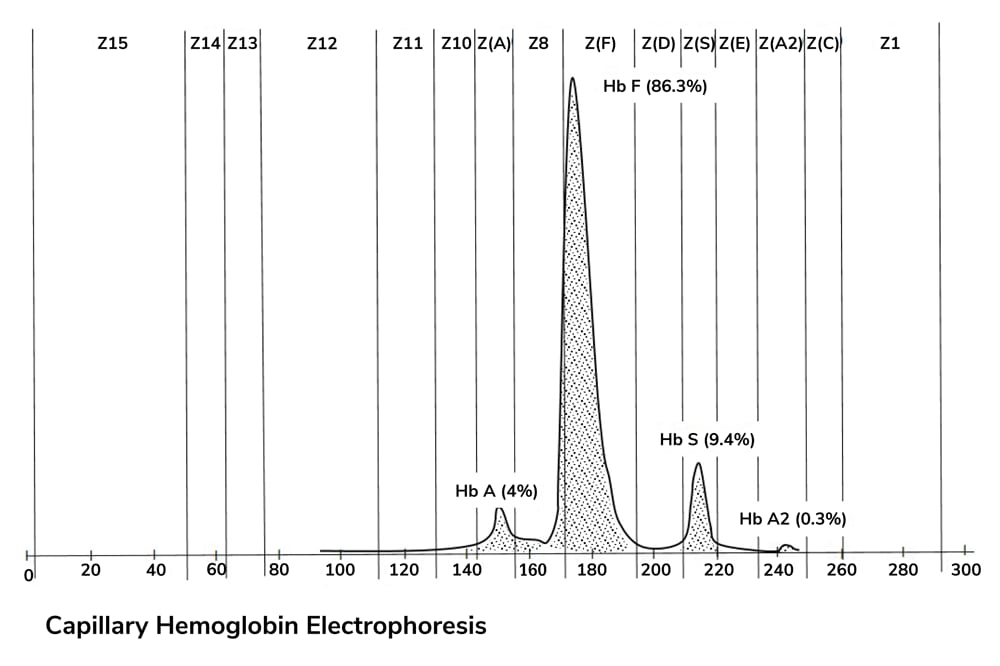
Cognitive impairment – often described as "brain fog" – is one of the most common and disabling symptoms of long COVID, affecting more than 80 percent of people living with the condition. Yet, the underlying causes of the condition have remained poorly understood.
A research team in Japan has achieved a major breakthrough in understanding of cognitive long COVID (Cog-LC) by studying molecular changes in brain synapses of long COVID patients. The researchers examined the role of α-amino-3-hydroxy-5-methyl-4-isoxazolepropionic acid (AMPA) receptors in patients with Cog-LC using [¹¹C]K-2 positron emission tomography. The study, published in Brain Communications, evaluated 30 patients with Cog-LC and 80 healthy controls to determine whether changes in synaptic receptor density were associated with persistent cognitive impairment following severe acute respiratory syndrome coronavirus 2 infection.
The [¹¹C]K-2 tracer was used to measure AMPA receptor density on postsynaptic cell surfaces. Voxel-based statistical analyses showed significantly higher receptor density across widespread brain regions in patients with Cog-LC compared with healthy controls. Regions with elevated AMPA receptor density were negatively correlated with cognitive performance on the Repeatable Battery for the Assessment of Neuropsychological Status, particularly in measures of naming and visual memory.
Plasma cytokine analyses identified a positive correlation between AMPA receptor density and tumor necrosis factor superfamily 12 concentrations and a negative correlation with C-C motif chemokine ligand 2 concentrations. These findings suggest an association between immune signaling and synaptic receptor expression in patients with Cog-LC.
Statistical analysis demonstrated that the imaging approach differentiated patients with Cog-LC from healthy controls with 100 percent sensitivity and 91.2 percent specificity. “Another interpretation of our findings is the potential utility of [11C]K-2 PET imaging for establishing a diagnostic framework for Cog-LC,” noted the authors.
In conclusion, this study provides a viable molecular explanation for long COVID-related brain fog and opens the door to new diagnostic tools and treatment options for patients.




